Smartphone design has seen important convergence over the previous three years, specifically. Shows and aspect rails are nearly universally flat throughout firms and product traces. Batteries are huge. Ultrawide and telephoto cameras are all however normal. Even the corners of telephones are almost all rounded out. A few of these developments are nice, others I might do with out.
However, for a lot too a few years, firms have used ugly, annoying protruding lenses which might be too usually aligned to the top-left of the cellphone. This not solely makes the lenses vulnerable to breaking if the cellphone is dropped, nevertheless it additionally makes the cellphone uneven. Everybody is aware of how a lot telephones wobble when positioned on a desk, and it is annoying as heck.
However, the upcoming iPhone 17 and the Galaxy S26 both appear to be adopting Google’s superior digital camera bar design, one which not solely facilities the digital camera configuration but additionally creates a pleasant, even, horizontal digital camera island rather than raised lenses. I believe it is higher for any variety of causes, and it seems to be prefer it’s lastly turning into the usual.
Down with raised lenses
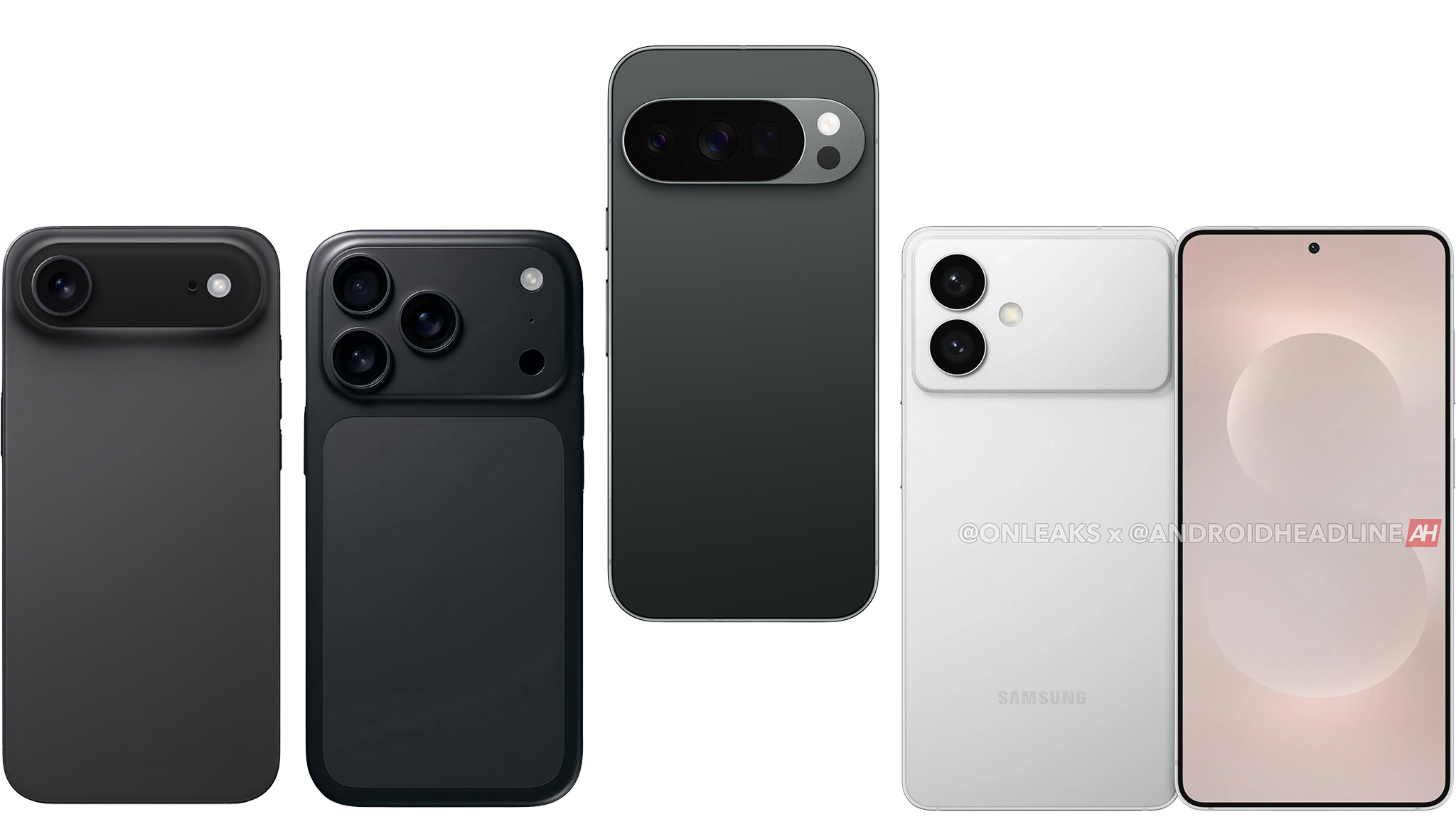
Above, you may see leaked renders of the Apple iPhone 17 Air, Apple iPhone 17 Pro, Samsung Galaxy S26 Edge, and an official render of the Google Pixel 10 Pro. There’s no denying the similarities here.
Ever since the Pixel 6, Google has shown the world that a camera bar is the superior way to house all that clunky camera hardware in an elegant fashion. After all, there’s no way to keep a phone feeling thin and still deliver the camera quality people want without a big ol’ camera lens sticking out of the back. Phones like the Honor Magic V5 and Galaxy Z Fold 7 are probably the epitome of this concept.
However, many companies attempted to take the “simple” approach by placing the camera sensors behind large, protruding lenses on the backs of phones. This design is not only ugly (in my opinion), but it also invites dust collection, makes phones feel unevenly weighted, causes wobble, and even sometimes puts lenses right where your fingers hold the phone while taking a picture.
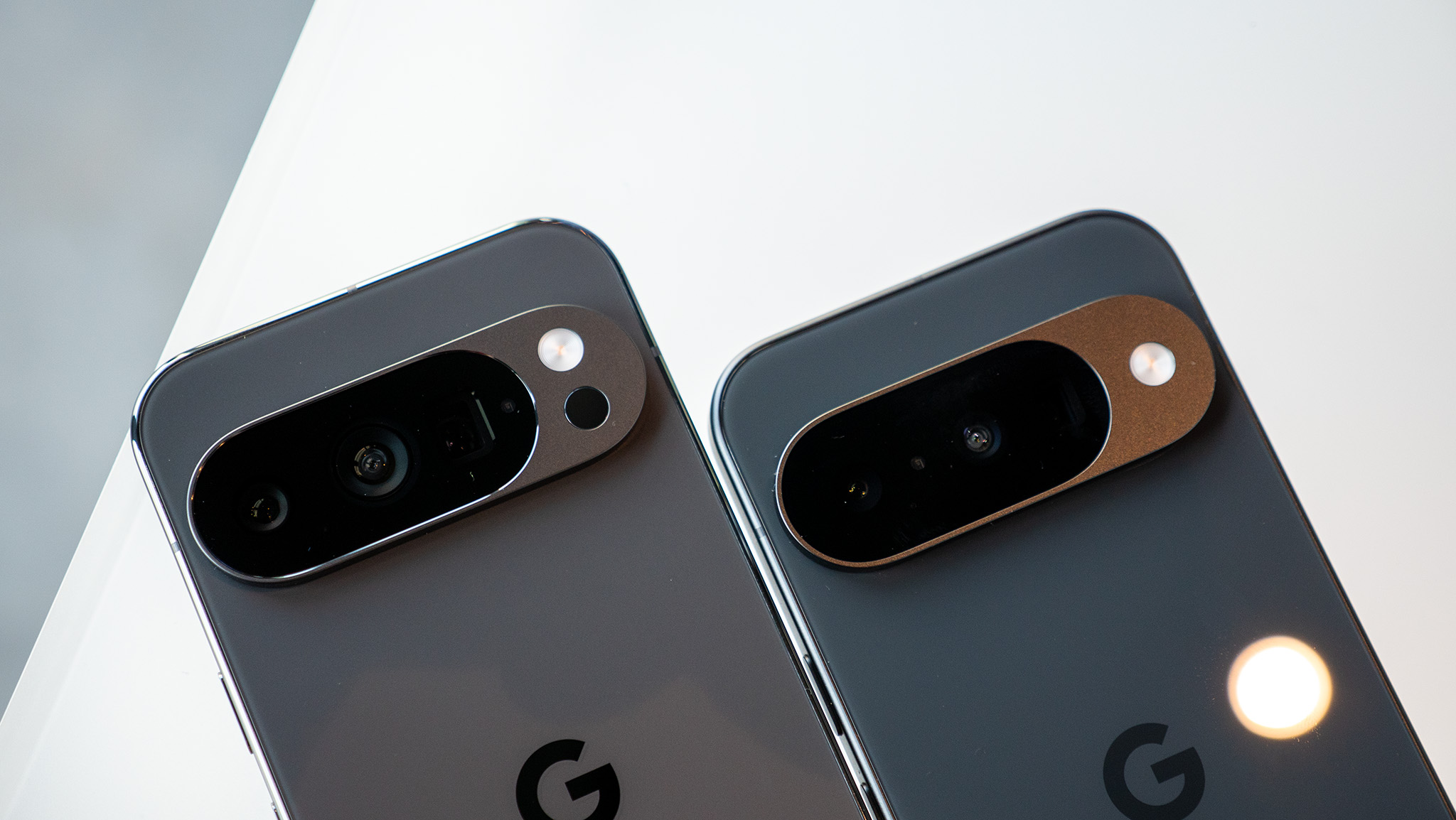
Camera islands like those on Pixel phones fix all of those problems. They help center the weight and bulk of the cameras. They provide a flat surface so the phone doesn’t wobble when it’s placed down. They even cut down on dust collection by removing all those extra protruding spaces.
They’re even aesthetically nicer, adding beautiful symmetry to the design and some more interesting angles and design elements that spice up the boring black rectangles we’ve all grown used to.
The problem is that, while Apple and Samsung are copying Google’s design, they’re forgetting one of the most important parts: flatness.
Google is the only one doing it right
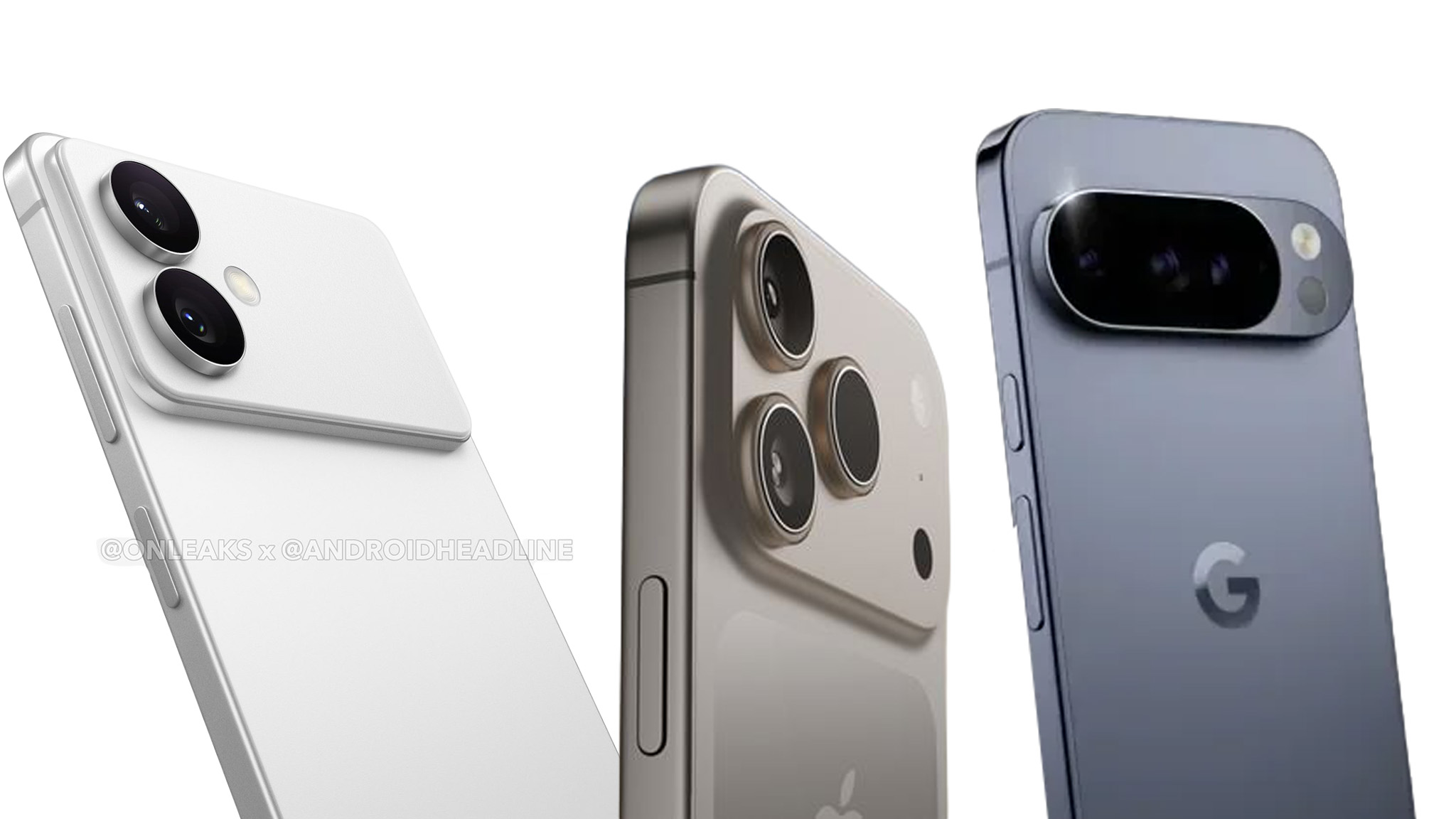
If you look at the angled renders of the Galaxy S26 Edge, iPhone 17 Pro, and Google Pixel 10 Pro above, you’ll probably notice something strange about the camera lenses on two of the three phones. That’s right, both Samsung and Apple seem to have misunderstood the entire purpose of the camera island.
Instead of flattening the backs and completely solving the problem of asymmetry and wobble, both of these companies have only reduced those issues. The lenses still protrude, and while there’s little doubt that these all will wobble less than previous designs, this should have solved those issues.
Meanwhile, Google’s excellent camera visor design is not only completely flat across the entire surface, but it has a really classy layer of metal trimming the outside and the right quarter of the design. This helps beef up durability over time and reduces the number of glass surfaces that could break in the event of a drop.
Google is setting a design standard
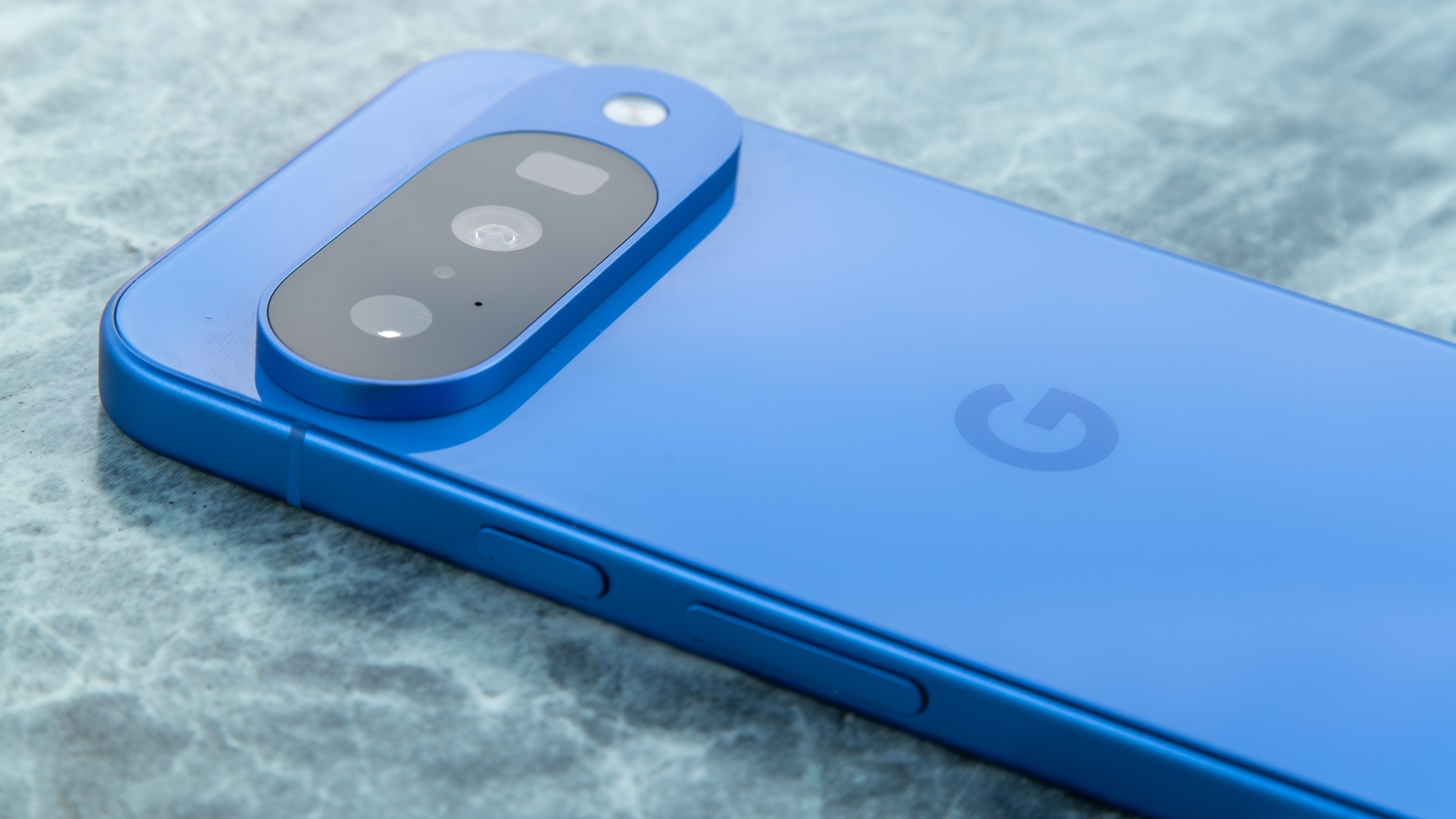
I’m really glad to see the camera visor making its way into a more standardized smartphone design format, even if Google still does it best. It’s better than the boring raised lenses for a ton of different reasons, and I think it’s going to make this next batch of smartphones look a lot more interesting than what we’ve seen in the past few years.
It’s also one of the reasons I was so upset when Google ditched the camera bar with the Google Pixel 9a and has even talked about getting rid of the camera bar on the rest of the Pixel lineup, as AI removes the need for physical hardware prowess.
Since Google and Samsung have had a bad habit of copying Apple’s designs lately, it’s nice to see the shoe on the other foot on the hardware side of things. I’m hoping this means more companies will start adopting the camera bar because, quite simply, it’s the right move.
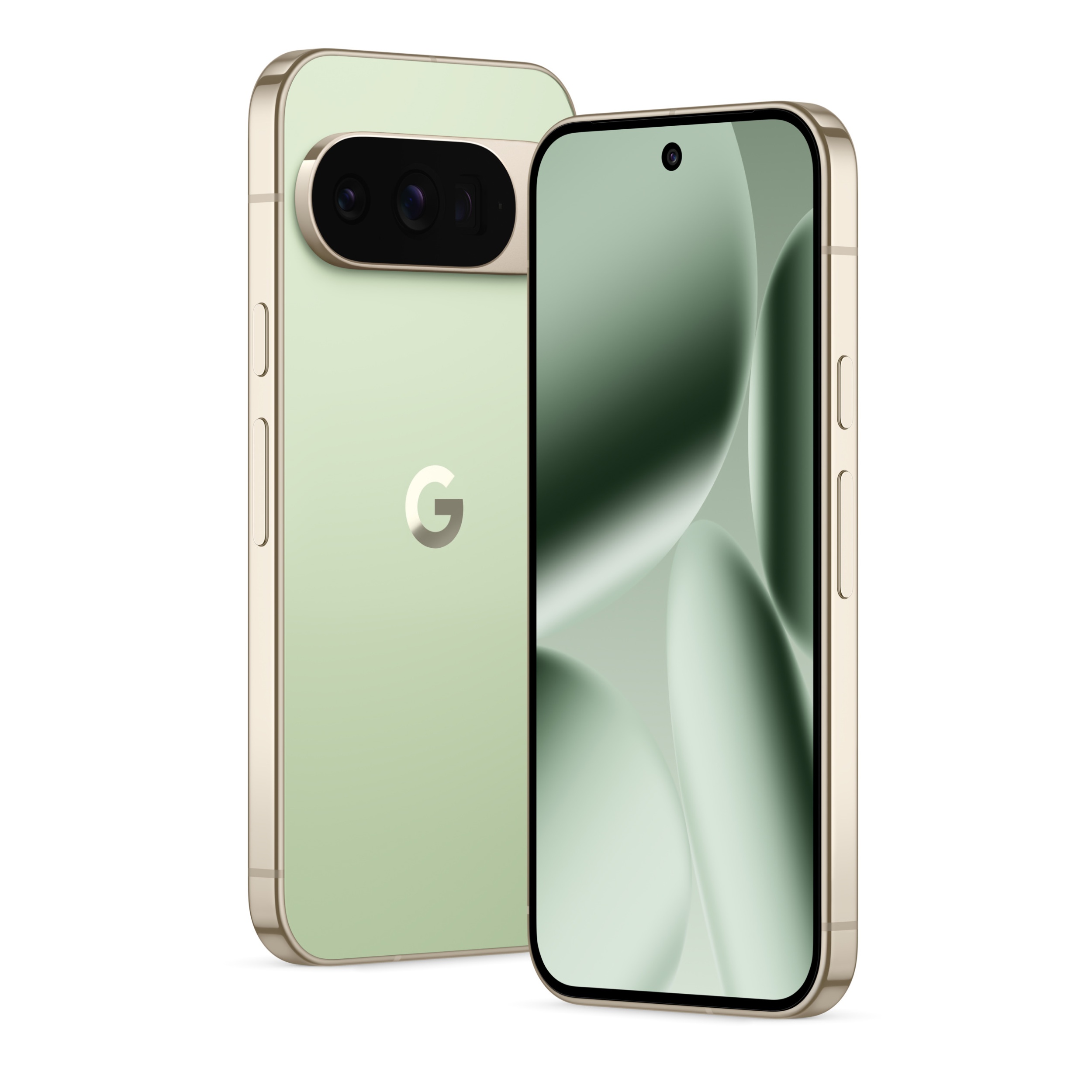
Get Google’s best Pixel ever in a size that’ll actually fit in your hand and your pocket, all without compromising on the best hardware features. The Pixel 10 Pro is a powerhouse phone in a supremely manageable size, and it’s got the camera hardware to match that Pixel pedigree.
👇Follow more 👇
👉 bdphone.com
👉 ultractivation.com
👉 trainingreferral.com
👉 shaplafood.com
👉 bangladeshi.help
👉 www.forexdhaka.com
👉 uncommunication.com
👉 ultra-sim.com
👉 forexdhaka.com
👉 ultrafxfund.com
👉 bdphoneonline.com
👉 dailyadvice.us

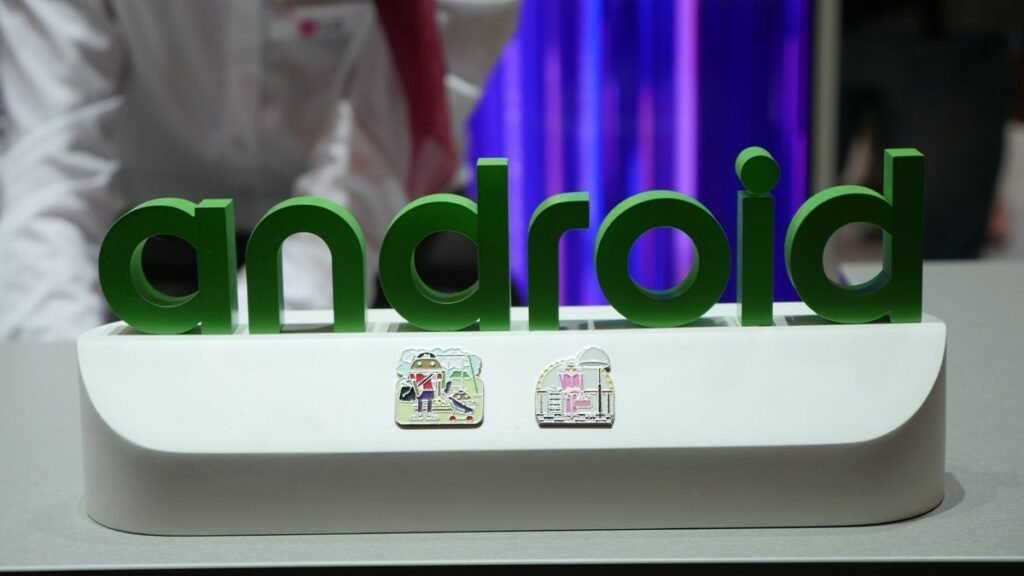
![New options, the right way to set up, and extra [Updated]](https://bdphone.com/wp-content/uploads/2024/04/android-15-on-galaxy-s24-ultra-mockup-1024x683.jpeg)